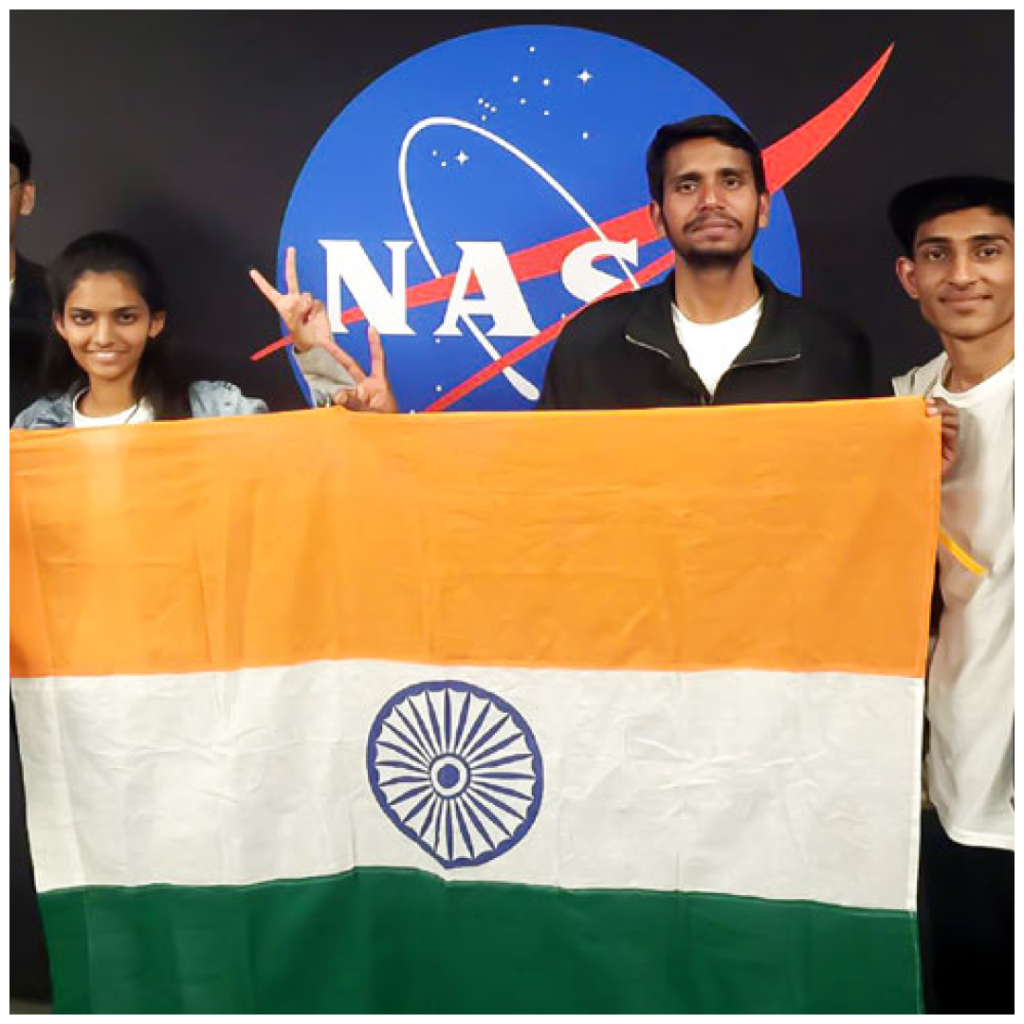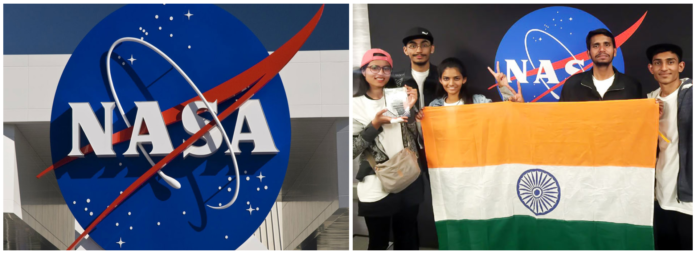In a remarkable showcase of innovation and engineering prowess, Indian students have clinched prestigious awards at the NASA Human Exploration Rover Challenge. This annual competition invites teams from around the world to design, build, and test roving vehicles that could potentially be used on other planets, moons, or asteroids in future space missions. The victory by Indian students not only highlights their technical skills but also places India’s burgeoning space talent on the global stage.
Details of the NASA Rover Challenge
The Human Exploration Rover Challenge is designed to engage students in the practical challenges of space exploration. Teams must create vehicles that can navigate a series of obstacle-laden terrain mimicking the harsh and unpredictable surfaces of extraterrestrial bodies. This year, the event attracted numerous entries from various international universities and high schools, each presenting their interpretation of a rover that could operate under the extreme conditions of space environments.
Indian Teams’ Innovative Approach
The Indian teams, comprising students from various engineering colleges, distinguished themselves through their innovative design and strategic approach to the challenges posed by the competition. Their rovers were judged on several criteria including design, safety, performance, and the ability to complete the course within a set time. The awards won by these students were in recognition of exceptional design and creativity, showcasing their ability to think outside the box in solving complex engineering problems.

Technical Ingenuity and Materials Used
One of the key factors contributing to the success of the Indian teams was their meticulous attention to detail in the construction of their rovers. The students incorporated advanced materials and technologies to enhance the durability and functionality of their vehicles. For example, lightweight yet sturdy materials were chosen to construct the frame of the rover, ensuring it could withstand the rough terrain while maintaining optimal performance. Furthermore, the students integrated innovative navigation systems and power management strategies, crucial for the autonomous operation of the rovers in remote or harsh environments.
Educational Impact and Future Implications
The participation of Indian students in the NASA Rover Challenge also underscores the increasing importance of practical, hands-on education in science and technology curriculums. It highlights how interdisciplinary learning — combining elements of engineering, physics, computer science, and more — can provide students with the experiences necessary to tackle real-world challenges. Moreover, the competition serves as a platform for budding engineers and scientists to demonstrate their skills and gain visibility in the international arena.






















